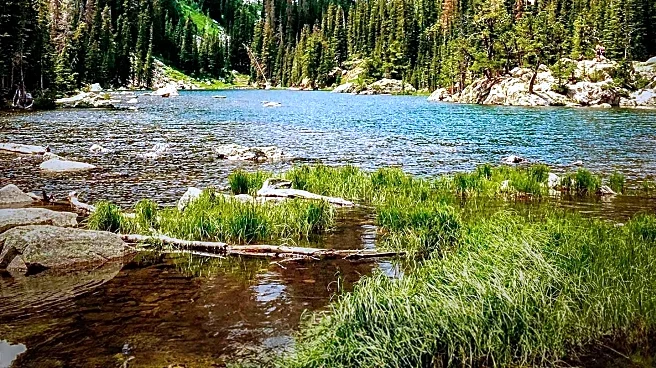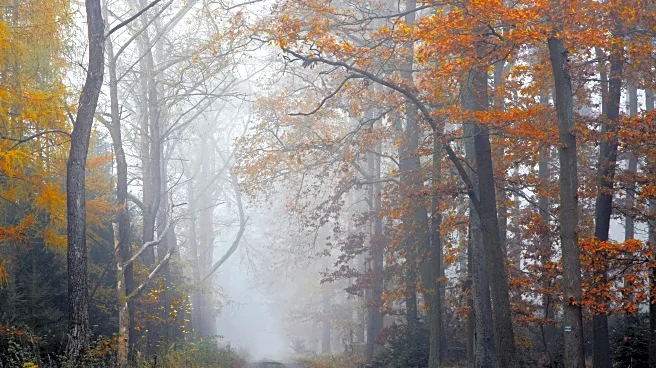What's Happening?
The Rocky Mountains, the largest mountain system in North America, span several states, including Colorado, where they divide the state between the eastern plains and the Western Slope. The Southern Rockies, which make up much of Colorado, are characterized
by their high elevation, with 54 peaks exceeding 14,000 feet. Mount Elbert, the highest peak in the range, rises at 14,440 feet. The Rockies are a popular destination for outdoor activities such as hiking, skiing, and wildlife watching, attracting tourists from around the world.
Why It's Important?
The Rocky Mountains are a vital part of Colorado's identity, contributing significantly to the state's tourism industry. The diverse landscapes and recreational opportunities offered by the Rockies attract millions of visitors annually, boosting local economies and supporting businesses related to tourism and outdoor recreation. The mountains also play a crucial role in environmental conservation, providing habitats for various wildlife species and serving as a natural barrier that influences weather patterns and ecosystems.
What's Next?
As tourism continues to grow, there will be increased focus on sustainable practices to preserve the natural beauty and ecosystems of the Rockies. Efforts to balance tourism with conservation will be essential in maintaining the region's appeal and ecological health. The development of infrastructure and services to accommodate tourists while minimizing environmental impact will be a key area of focus for local governments and conservation organizations.
Beyond the Headlines
The Rocky Mountains' influence extends beyond tourism and recreation. They are a symbol of natural beauty and adventure, inspiring cultural and artistic expressions. The mountains also play a role in scientific research, with studies on geology, climate change, and biodiversity conducted in the region. The Rockies' historical significance, from indigenous cultures to the gold rush era, adds depth to their cultural impact.
















